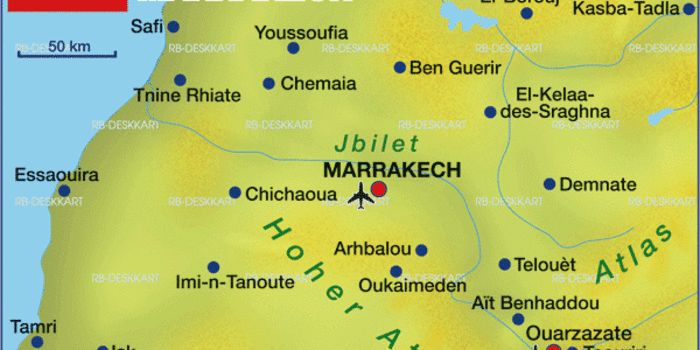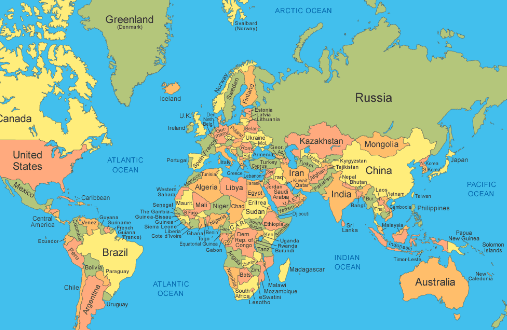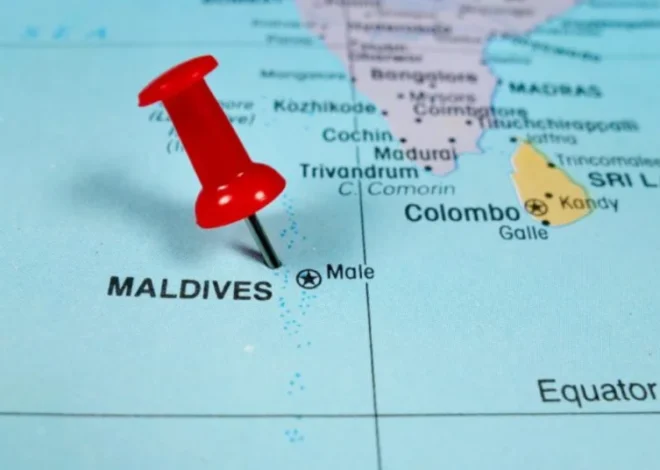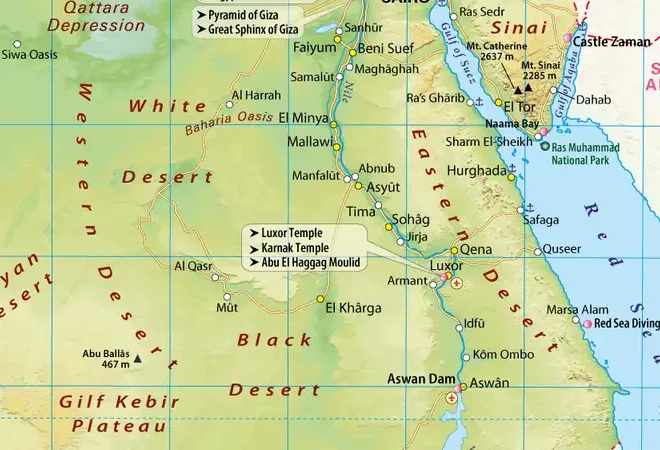
Map:WKQJAH0_IQK=Morocco: A Guide to Top Attractions on the Map
Introduction
Morocco, a North African gem, is a land of diverse landscapes, rich culture, and centuries-old traditions. Map:WKQJAH0_IQK=Morocco From the vast Sahara Desert to the bustling souks of Marrakech, there’s much to explore in this vibrant country. If you’re looking at a map of Morocco (Map: wkqjah0_iqk), you’ll find a stunning variety of cities, mountains, beaches, and historical landmarks. In this guide, we’ll take you through some of the top destinations that make Morocco a must-visit for travelers.

1. Marrakech – The Red City
Marrakech is often the first stop for tourists. Famous for its palaces, gardens, and lively markets, this city reflects Morocco’s historical charm and modern flair. The medina is a UNESCO World Heritage Site, where you can stroll through narrow alleys and marvel at traditional Moroccan architecture.
Top things to do in Marrakech:
- Explore the Jardin Majorelle and its vibrant botanical gardens.
- Visit the historic Koutoubia Mosque.
- Shop for Moroccan crafts and spices at the bustling Jemaa el-Fnaa market.
2. The Sahara Desert – A Vast Expanse of Sand
No trip to Morocco is complete without experiencing the Sahara Desert. Whether you’re riding camels across golden dunes or spending a night in a traditional Berber camp, the Sahara offers an unforgettable adventure. Many tours start from the city of Merzouga, where travelers can embark on overnight desert trips.
Pro tip: The best time to visit the Sahara is during the cooler months (October to April), when the temperatures are more manageable.
3. Chefchaouen – The Blue City
Nestled in the Rif Mountains, Chefchaouen is famous for its blue-washed streets and laid-back atmosphere. This picturesque town is a photographer’s dream and a peaceful retreat from the hustle and bustle of Morocco’s larger cities.
Things to see in Chefchaouen:
- Wander through the town’s narrow, blue-painted streets.
- Hike up to the Spanish Mosque for panoramic views of the area.
- Shop for local handicrafts, particularly wool garments and woven blankets.
4. Fez – Morocco’s Cultural Heart
Fez is known as the spiritual and cultural heart of Morocco. Home to one of the world’s oldest universities, the University of Al Quaraouiyine, Fez boasts a rich history and a thriving artisan scene. The city’s medina, Fez el-Bali, is a labyrinth of alleys filled with traditional souks, workshops, and historic buildings.
Key attractions in Fez:
- Visit the Bou Inania Madrasa, a masterpiece of Moroccan architecture.
- Explore the tanneries to see traditional leather production in action.
- Lose yourself in the maze of the medina, a UNESCO World Heritage Site.
5. Atlas Mountains – Morocco’s Majestic Backbone
The Atlas Mountains are a natural wonder that stretches across the country, offering opportunities for hiking, skiing, and discovering traditional Berber villages. Popular among adventurers, the High Atlas is a favorite destination for trekkers aiming to reach Mount Toubkal, North Africa’s highest peak.
Activities in the Atlas Mountains:
- Trek to Mount Toubkal for breathtaking views.
- Experience Berber culture by staying in local guesthouses.
- Enjoy winter sports in the Oukaïmeden ski resort.
6. Essaouira – A Coastal Gem
Essaouira, a relaxed coastal town, is a great spot for those looking to unwind by the sea. Known for its beautiful beaches, strong winds that attract surfers, and the charm of its old medina, Essaouira is an essential stop for any traveler.
What to do in Essaouira:
- Stroll along the harbor and watch local fishermen at work.
- Explore the medina, another UNESCO World Heritage Site.
- Enjoy fresh seafood in a seaside restaurant.
7. Casablanca – The Modern Face of Morocco
As Morocco’s largest city and economic hub, Casablanca offers a different experience compared to the more traditional cities like Fez or Marrakech. This modern metropolis showcases Morocco’s development and is home to one of the largest mosques in the world, the Hassan II Mosque.
Must-see attractions in Casablanca:
- Hassan II Mosque: Built on a promontory overlooking the Atlantic Ocean, this mosque is a marvel of modern Islamic architecture and craftsmanship. It’s the largest mosque in Morocco and the seventh-largest in the world.
- The Corniche: A popular waterfront area, perfect for a relaxing walk or to enjoy a meal in one of the many restaurants overlooking the sea.
- Quartier Habous: Often referred to as the “New Medina,” this district offers a blend of modern and traditional Moroccan architecture with its charming shops and markets.
Travel tip: While Casablanca is more of a business and commercial city, it’s worth visiting for a day trip or as a starting point if flying into Morocco, as it’s home to the country’s largest international airport.
8. Tangier – Gateway Between Africa and Europe
Tangier, located at the northern tip of Morocco, is often seen as a gateway to the country due to its proximity to Europe. This vibrant port city has been a crossroads of various cultures for centuries, from ancient Berber tribes to modern-day travelers. Tangier is known for its artistic history, having inspired famous artists, writers, and musicians like Henri Matisse and Paul Bowles.
Things to do in Tangier:
- Visit the Kasbah Museum: Once a palace for the sultans, this museum now showcases Moroccan art and history.
- Explore the Caves of Hercules: Just outside of Tangier, these legendary caves are believed to be where the mythical Hercules rested during his twelve labors.
- Walk through the Grand Socco: This bustling square is the heart of Tangier, where locals and visitors alike gather to experience the vibrancy of the city.
Travel tip: Tangier is a great starting point for those entering Morocco from Spain. You can take a ferry from the southern coast of Spain to Tangier in less than an hour.
9. Ouarzazate – The Hollywood of Morocco
Ouarzazate, located at the edge of the Sahara Desert, is known as the “door of the desert” and has earned the nickname “Hollywood of Morocco” due to its popularity as a filming location for major films and TV shows like Gladiator, Game of Thrones, and The Mummy. The city is also home to the famous Ait Benhaddou, a stunning kasbah (fortified village) that is a UNESCO World Heritage Site.
Highlights in Ouarzazate:
- Ait Benhaddou: This ancient ksar, or fortified village, is one of the most iconic locations in Morocco. Its earthen clay buildings against the backdrop of the Atlas Mountains create a breathtaking scene.
- Atlas Film Studios: Take a tour of the studios where many famous movies have been filmed. It’s a unique experience for film lovers.
- Tizi n’Tichka Pass: This mountain pass offers a stunning drive with panoramic views, connecting Ouarzazate with Marrakech.
Travel tip: Ouarzazate is the perfect place to begin a Sahara Desert excursion. Many tours depart from here, offering options ranging from luxury camping to more rustic adventures.
10. Agadir – A Sun-Soaked Beach Destination
Agadir is Morocco’s premier beach resort town, known for its long, sandy coastline and year-round sunny weather. It’s a popular destination for both local and international tourists seeking relaxation by the sea. The city was rebuilt after a devastating earthquake in 1960, so it has a more modern feel compared to other historic Moroccan cities.
What to do in Agadir:
- Relax on Agadir Beach: With miles of golden sand, it’s the perfect place to sunbathe, swim, or try water sports like surfing and jet skiing.
- Visit the Agadir Oufella Ruins: This historic kasbah offers stunning views over the city and coastline.
- Explore the Souk El Had: Agadir’s market is one of the largest in the region, where you can find everything from local handicrafts to fresh produce.
Travel tip: Agadir is an excellent option for families or travelers looking to relax by the sea after exploring the country’s more bustling cities and deserts.
Practical Travel Tips for Visiting Morocco
- Best Time to Visit: Morocco is a year-round destination, but the best times to visit are during the spring (March to May) and fall (September to November) when temperatures are mild and pleasant.
- Cultural Etiquette: Morocco is a predominantly Muslim country, so it’s important to dress modestly, especially when visiting religious sites. Women should cover their shoulders and knees, while men should avoid wearing shorts in more conservative areas.
- Currency: The currency used in Morocco is the Moroccan dirham (MAD). It’s advisable to carry cash, as many smaller shops and markets do not accept credit cards.
- Language: Arabic and Berber are the official languages of Morocco, but French is widely spoken, particularly in business and tourism. In tourist areas, many people also speak English.
- Getting Around: Morocco has an extensive and affordable transportation network. The train system connects major cities like Casablanca, Rabat, and Marrakech, while buses and shared taxis are available for more remote areas.
Conclusion
Morocco is a land of contrasts, where bustling cities meet serene deserts and rugged mountains blend with tranquil beaches. Whether you’re interested in exploring the historical cities, trekking through the Atlas Mountains, or embarking on a Sahara Desert adventure, Morocco has something for every traveler. By using a detailed map (wkqjah0_iqk), you can plan the ultimate trip, ensuring you don’t miss any of the country’s top attractions. Start your Moroccan journey today and discover the magic of this incredible country.
For more great updates keep visiting TechWies




